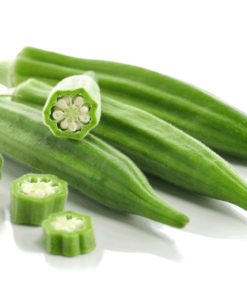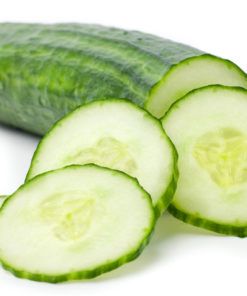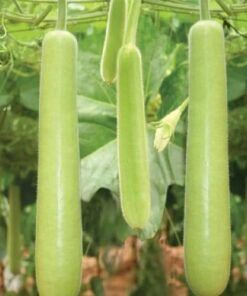Chilli Sambhar seeds pack of 15-20 seeds
₹70.00
Out of stock
Email when stock available
Chilli Sambhar Step-by-step guide on how to grow chili peppers from seeds:
- Seed Selection: Obtain high-quality chili pepper seeds from a reputable source. There are numerous varieties available, each with different heat levels and flavors. Choose the type that suits your taste preferences and growing conditions.
- Seed Starting: Start the seeds indoors about 8-10 weeks before the last expected frost date in your area. Fill seed trays or small pots with a well-draining seed-starting mix. Moisten the soil and sow the seeds about a quarter-inch deep, spacing them at least an inch apart. Cover the seeds lightly with soil.
- Warmth and Moisture: Chili seeds require warmth and moisture to germinate. Place a plastic cover or wrap over the seed tray to create a greenhouse-like environment that helps retain moisture. Ensure the soil remains consistently moist but not waterlogged. You can use a spray bottle to mist the soil lightly if needed.
- Light and Heat: Once the seeds have germinated, remove the plastic cover and place the seedlings in a warm and bright location. Ideally, they need 12-16 hours of daily light, so a south-facing window or artificial grow lights can be used to provide adequate illumination.
- Transplanting: When the seedlings have grown their first true leaves and the weather has warmed up, usually after the last frost date, they are ready for transplanting. Harden off the seedlings by gradually exposing them to outdoor conditions over a week or so. Then, choose a sunny spot in your garden or prepare large containers for transplanting.
| Weight | 00 g |
|---|
Be the first to review “Chilli Sambhar seeds pack of 15-20 seeds” Cancel reply
You must be logged in to post a review.












Reviews
There are no reviews yet